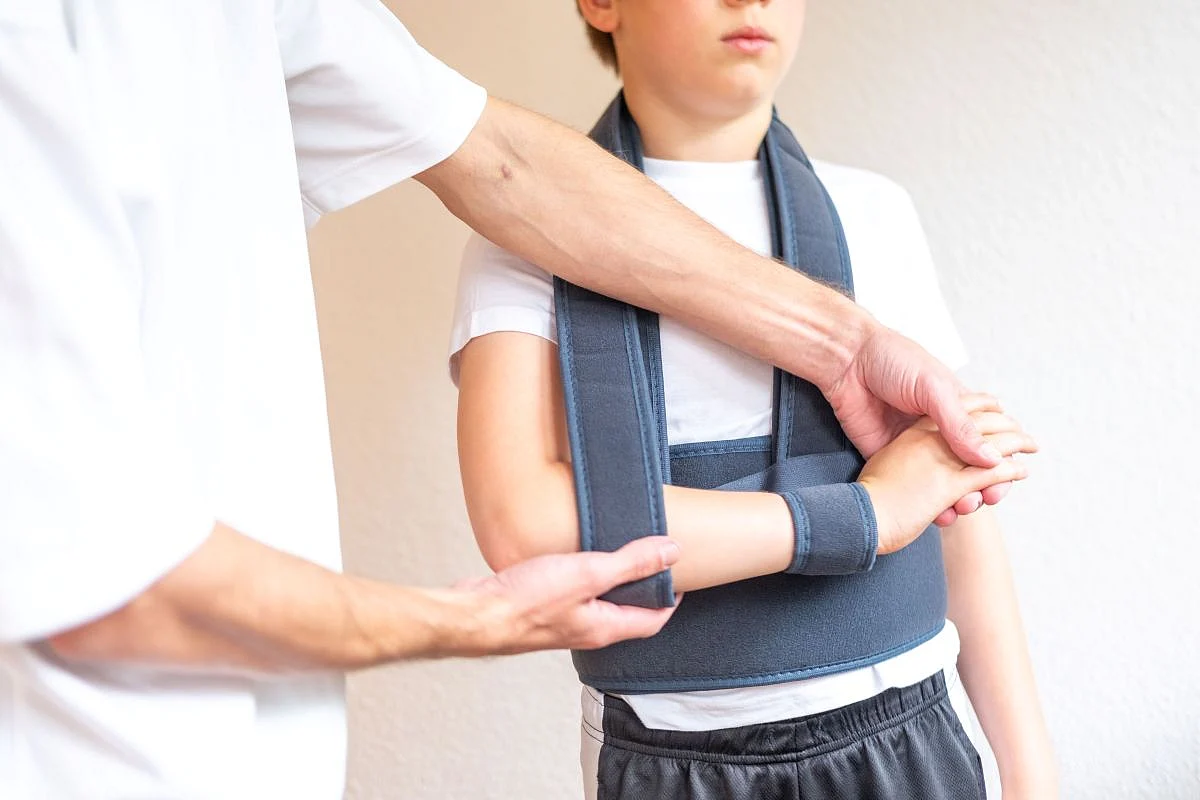Adolescents aged 10 to 14 years were most injured age group; 79.3 percent of all clavicular fractures involving beds occurred in those younger than 5 years
By Elana Gotkine HealthDay Reporter
TUESDAY, July 8, 2025 (HealthDay News) — From 2014 to 2023, the overall rates of pediatric clavicular fractures remained stable, but there was a significant increase in admission rates, according to a study published online June 14 in JSES Reviews, Reports & Techniques.
Charu Jain, from the Icahn School of Medicine at Mount Sinai in New York City, and colleagues examined the epidemiology of clavicular fractures among children in the United States between 2014 and 2023 using data from the National Electronic Injury Surveillance System representing 100 U.S. emergency departments.
Between Jan. 1, 2014, and Dec. 31, 2023, an estimated 391,501 clavicular fractures were treated in U.S. emergency departments, yielding an average of 53.6 injuries per 100,000 children per year. The researchers found that during the 10-year study period, there was no significant trend in overall clavicular fractures. However, over time, there was a statistically significant increase in admission rates. Football, fall from bed, soccer, and bicycles were the most common mechanisms of injury (16.7, 10.5, 6.9, and 6.7 percent, respectively). Across all clavicular fractures, adolescents (10 to 14 years) were the most injured age group. Children younger than 5 years comprised 26.5 percent of all clavicular fractures but endured 79.3 percent of all clavicular fractures that involved beds/bed frames. Overall, 28.3 and 29.7 percent of fractures occurred at home and at places of recreation or sports, respectively.
“Understanding common mechanisms like sports injuries and falls from beds can help guide targeted prevention strategies and parent education,” Jain said in a statement.
Copyright © 2025 HealthDay. All rights reserved.








